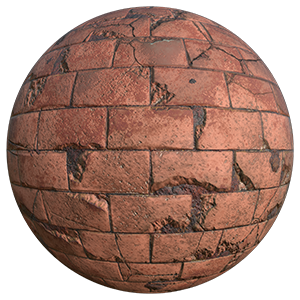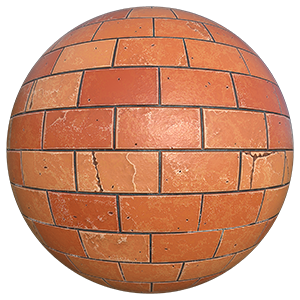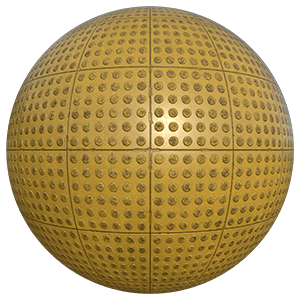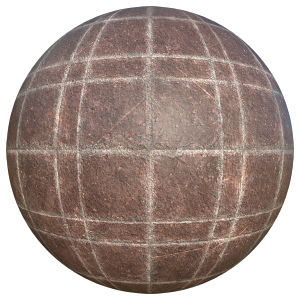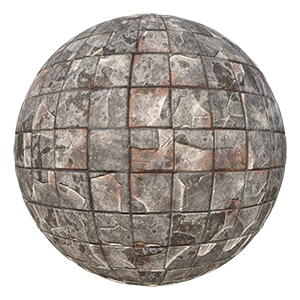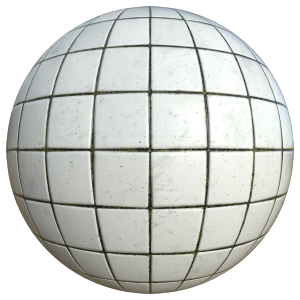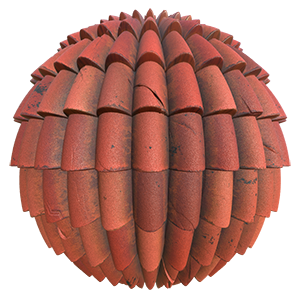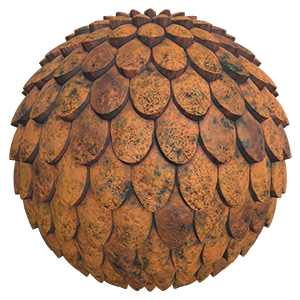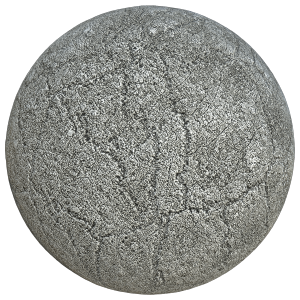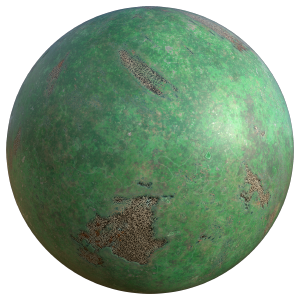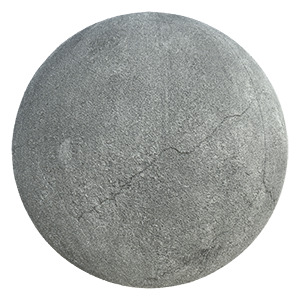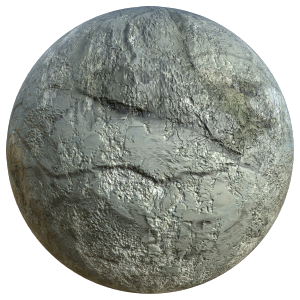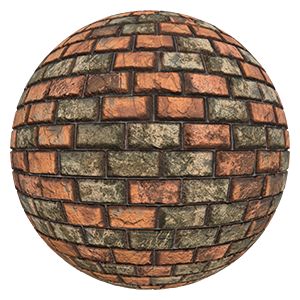They are typical red bricks. Some bricks are broken while some have cracks. They have rough surface.
Cement is found on some bricks too.
Cement is found on some bricks too.
They are red bricks with cracks, pits and pores on the surface. Some of the bricks have been etched due to weathering.
Worn out marks can easily be seen.
Worn out marks can easily be seen.
They are typical tactile pavement tiles which you can find on almost every street in modern cities. Each tactile tile has bumped up flat dots. Each dot or circle has tiny crosses on the top to increase the fiction of the ground.
This paving tiles are usually used with its companion tiles Tiles 0011.
These tiles have a pattern of dots while its complementary tiles Tiles 0011 have a pattern of 3 bands.
This paving tiles are usually used with its companion tiles Tiles 0011.
These tiles have a pattern of dots while its complementary tiles Tiles 0011 have a pattern of 3 bands.
The brown tiles are arranged in a classical pattern. Scratches and spots are all over the surface.
It is a fine material for texturing old floors.
It is a fine material for texturing old floors.
This is an old-fashioned square tiles. The tiles are severely damaged, so it exposes the white and brown base material.
It is extremely bumpy and with many missing pieces.
It is extremely bumpy and with many missing pieces.
They are typical tiles which can be found in bathrooms or toilets. These washroom tiles are worn-out. There are mini pits and pores on some tiles. The edges and surface are covered with dirt and dust.
Among all rooftop tiles, this one must be the most typical. In both eastern and western countries, people also use this tiles for roofing.
Some tiles are broken and dirt can be found on them.
Some tiles are broken and dirt can be found on them.
The classical fish scale roof tiles make up this weary rooftop texture. It is a worn-out rooftop with a lot of dirt, scratches and mosses.
The surface is rather bumpy and holey due to aging.
The surface is rather bumpy and holey due to aging.
It is a very rough concrete with a lot of tiny pits or pores.
White spots can be found on the surface.
Besides, big cracks are everywhere.
White spots can be found on the surface.
Besides, big cracks are everywhere.
It is a green plaster wall. It has a little glossiness. Definitely, it is not a new wall, but a worn out wall.
Some of the shiny green paint was peeled off exposing the base wall material.
Some of the shiny green paint was peeled off exposing the base wall material.
After applying this texture to a wall, it looks like a thick plaster wall. The grey color gives it a raw appearance.
It is a worn out material with some cracks running across the whole texture. There are a lot of trowel marks leaving on the texture.
It is a worn out material with some cracks running across the whole texture. There are a lot of trowel marks leaving on the texture.
This concrete has a bit shiny texture. A few big cracks are running on the concrete. Greenish mold also grows on the surface.
It looks natural when being used as concrete wall or floor texture of damaged buildings and roads.
It looks natural when being used as concrete wall or floor texture of damaged buildings and roads.
Those red bricks have very irregular, rough and bumpy surface.
They are outdoor bricks, so they have a lot of worn out areas.
It is more suitable as a wall material than a floor texture, otherwise, the floor will be too rutty.
They are outdoor bricks, so they have a lot of worn out areas.
It is more suitable as a wall material than a floor texture, otherwise, the floor will be too rutty.
